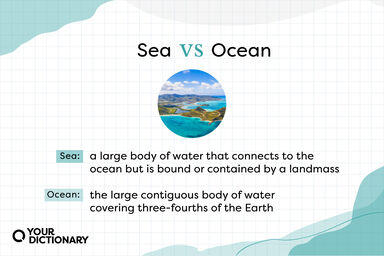The extensive lowlands which stretch over more than one half of the area, as well as the elevated plains, lie open to the Arctic Ocean.
The fauna, explored by Dybowski and Godlewski, and in 1900-2 by Korotnev, is much richer than it was supposed to be, and has quite an original character; but hypotheses as to a direct communication having existed between Lake Baikal and the Arctic Ocean during the Post-Tertiary or Tertiary ages are not proved.
Although the Arctic Ocean had been reached as early as the first half of the 17th century, the exploration of its coasts by a series of expeditions under Ovtsyn, Minin, Pronchishev, Lasinius and Laptev - whose labours constitute a brilliant page in the annals of geographical discovery - was begun only in the 18th century (1735-1739).
In the region between Viluisk (on the Vilui) and Yeniseisk a broad belt of alpine tracts, reaching their greatest elevation in the northern Yeniseisk taiga (between the Upper Tunguzka and the Podkamennaya Tunguzka) and continued to the south-west in lower upheavals, separates the elevated plains from the lowlands which extend towards the Arctic Ocean.
The coast-line of Siberia is very extensive both on the Arctic Ocean and on the Pacific. The former ocean is ice-bound for at least ten months out of twelve; and, though Nordenskjold and Captain Wiggins demonstrated (1874-1900) the possibility of navigation along its shores, it is exceedingly is s.





